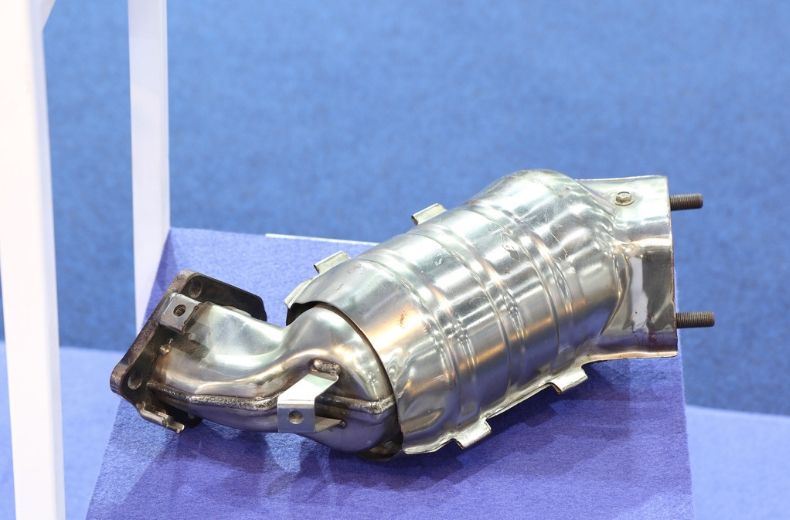How Many Catalytic Converters Are In a Car? Most cars have a single catalytic converter,…

Auto Domain
A knowledge base for all things cars

A knowledge base for all things cars

How Many Catalytic Converters Are In a Car? Most cars have a single catalytic converter,…